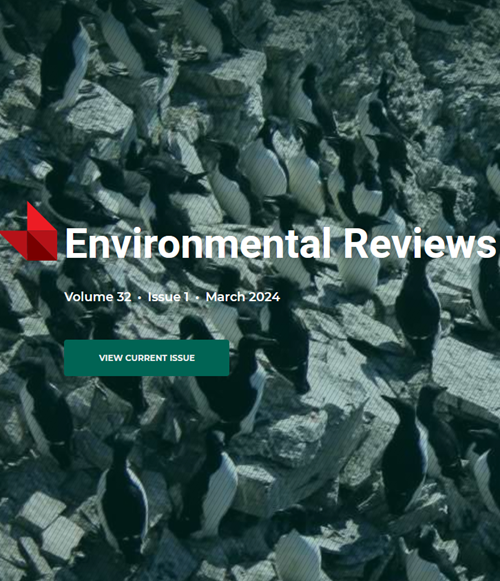Research Progress, Challenges and Prospects of PM2.5 Concentration Estimation using Satellite Data
IF 5.1
3区 环境科学与生态学
Q2 ENVIRONMENTAL SCIENCES
引用次数: 0
Abstract
Satellite data are vital for understanding the large-scale spatial distribution of PM2.5 due to their low cost, wide coverage, and all-weather capability. Estimation of particulate matter (PM2.5) using satellite aerosol optical depth (AOD) product is a popular method. In this paper, we review the PM2.5 estimation process based on satellite AOD data in terms of data sources (i.e., inversion algorithms, data sets and interpolation methods), estimation models (i.e., statistical regression, chemical transport models, machine learning and combinatorial analysis) and modeling validation (i.e., four types of cross-validation (CV) methods). We found that the accuracy of time-based CV is less than others. We found significant differences in modeling accuracy between different seasons (p<0.01) and different spatial resolutions (p<0.01). We explained these phenomena. Finally, we summarized the research process, present challenges and future directions in this field. We opined that low-cost mobile devices combined with transfer learning or hybrid modeling offered research opportunities in areas with limited PM2.5 monitoring stations and historical PM2.5 estimation. These methods can be a good choice for air pollution estimation for developing countries. The purpose of this study is to provide a basic framework for future researchers to conduct relevant research, enabling them to understand current research progress and future research directions.利用卫星数据估算PM2.5浓度的研究进展、挑战与展望
卫星数据具有低成本、宽覆盖和全天候能力,对于了解PM2.5的大规模空间分布至关重要。利用卫星气溶胶光学深度(AOD)产品估算颗粒物(PM2.5)是一种流行的方法。在本文中,我们从数据源(即反演算法、数据集和插值方法)、估计模型(即统计回归、化学传输模型、机器学习和组合分析)和建模验证(即四种类型的交叉验证(CV)方法)方面回顾了基于卫星AOD数据的PM2.5估计过程。我们发现基于时间的CV的准确性低于其他CV。我们发现不同季节(p<0.01)和不同空间分辨率(p<0.01)的建模精度存在显著差异。我们解释了这些现象。最后,我们总结了该领域的研究过程、目前的挑战和未来的发展方向。我们认为,低成本的移动设备与迁移学习或混合建模相结合,为PM2.5监测站和历史PM2.5估计有限的地区提供了研究机会。这些方法对于发展中国家的空气污染估算是一个很好的选择。本研究的目的是为未来的研究人员进行相关研究提供一个基本框架,使他们能够了解当前的研究进展和未来的研究方向。
本文章由计算机程序翻译,如有差异,请以英文原文为准。
求助全文
约1分钟内获得全文
求助全文
来源期刊

Environmental Reviews
环境科学-环境科学
自引率
3.50%
发文量
45
期刊介绍:
Published since 1993, Environmental Reviews is a quarterly journal that presents authoritative literature reviews on a wide range of environmental science and associated environmental studies topics, with emphasis on the effects on and response of both natural and manmade ecosystems to anthropogenic stress. The authorship and scope are international, with critical literature reviews submitted and invited on such topics as sustainability, water supply management, climate change, harvesting impacts, acid rain, pesticide use, lake acidification, air and marine pollution, oil and gas development, biological control, food chain biomagnification, rehabilitation of polluted aquatic systems, erosion, forestry, bio-indicators of environmental stress, conservation of biodiversity, and many other environmental issues.
 求助内容:
求助内容: 应助结果提醒方式:
应助结果提醒方式:


